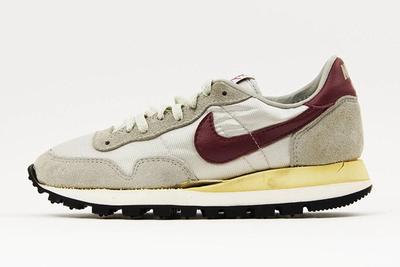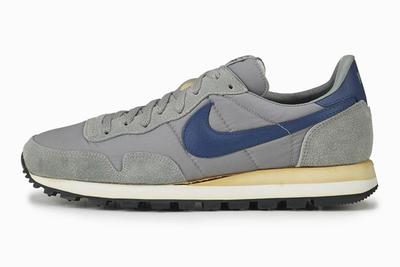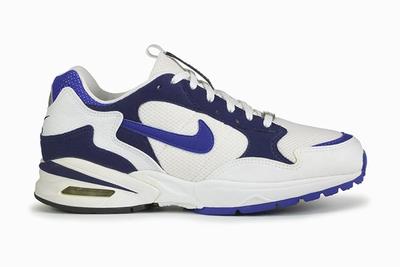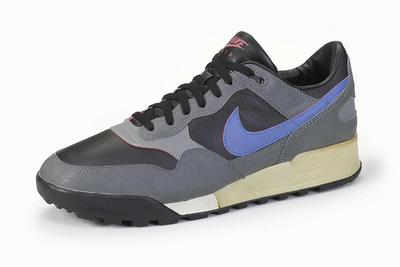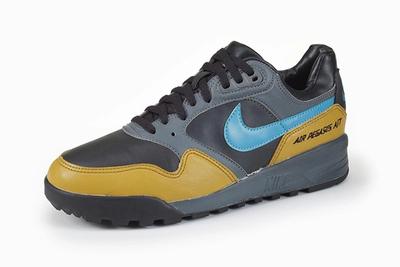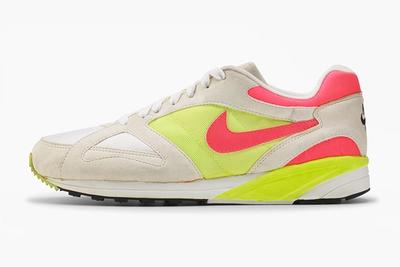The Hidden History of Nike's Air Pegasus
In 1983 introduced the to the world — a shoe for every runner. Like the mythical-winged stallion it was named after, the model was designed to be half air, for agile movement and flight. Over the course of its 35-year lifespan, the Pegasus hasn't always been the golden running shoe, but it's become a staple for countless athletes around the world.
Team Swoosh have given us the silhouette’s top ten facts, which may or may not surprise you.
It’s Nike’s best-selling running shoe of all time.
Current Swoosh CEO, Mark Parker, was actually part of the team that created the first Pegasus.
It was the first sneaker to feature an Air Wedge, a heel-only Air unit designed to improve shock absorption.
A Grade School model was added to the line in 1987.
1996 saw visible Air being introduced to the model.
Swoosh founder, Phil Knight, often dons a pair of black Pegasus' for black-tie events.
The franchise was dropped from the line-up in 1997 and re-named in 1998 before making an official return in 2000 as the Air Pegasus 2000.
A version specifically designed and adapted to the anatomy of the female foot was released in 2004, a first for Pegasus history.
The Pegasus is also the first non-basketball shoe to feature Nike FlyEase, a design to help athletes get their shoes on and off more quickly.
2018's Peg is inspired by the , offering a full-length Zoom Airbag. Designers heated an Airbag and wrapped it around a beer mug to prove it could curve like the 4%’s carbon-fiber plate.
